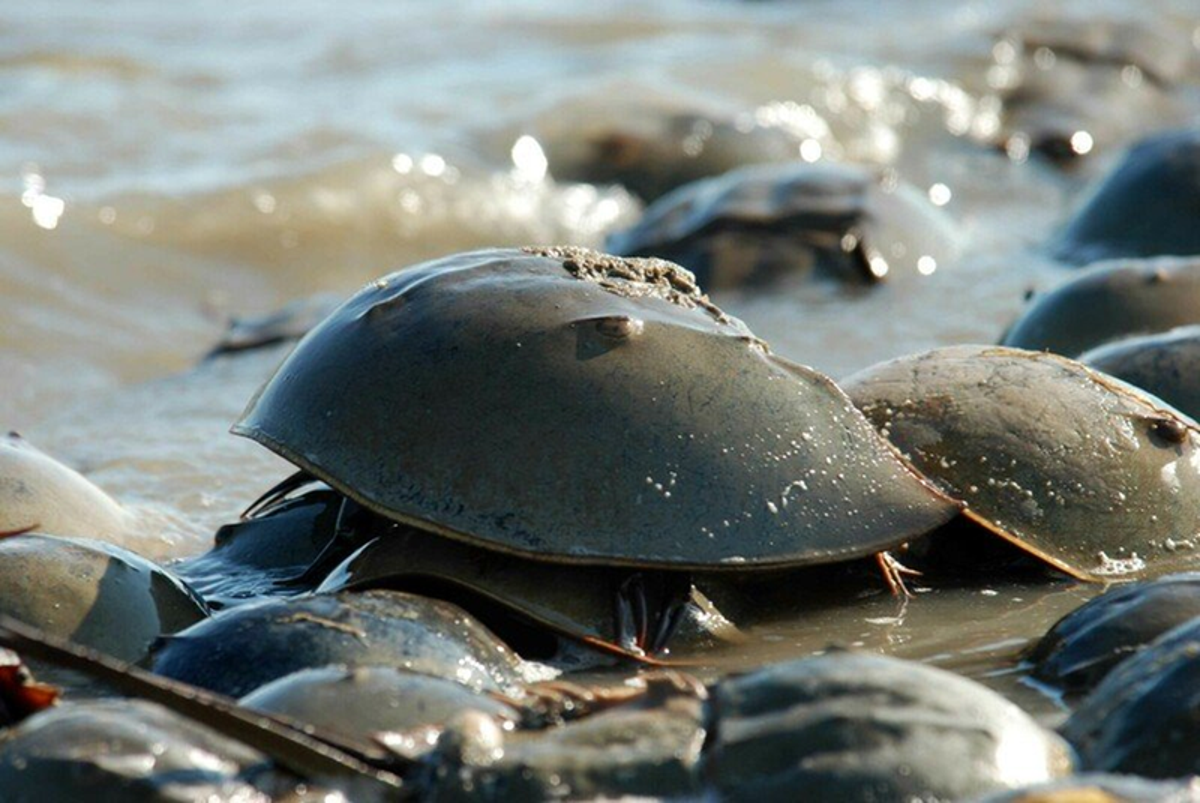
Thousands of dead horseshoe crabs are washing up on Maryland shores after having their “blue blood” harvested, according to a lawsuit filed by the Center for Biological Diversity.
The suit, filed Wednesday, accuses the Maryland Department of Natural Resources of failing to release information detailing exactly how thousands of horseshoe crabs are killed, bled or injured by pharmaceutical companies and fishermen annually.
The process the Department uses to determine when crabs can be harmed is “shrouded in secrecy,” the Center for Biological Diversity claims, adding that this means that they and other parties “can’t meaningfully participate in protecting the imperiled animals,” which are threatened with extinction.
According to the lawsuit, horseshoe crabs are in need of protection because biomedical companies harvest and drain their blue blood, which is then used to detect toxins in drugs and medical devices - a practice that was vital in the production of Covid-19 vaccines.
Lawsuit data shows that horseshoe crab blood harvests have virtually doubled since 2017, with nearly one million horseshoe crabs harvested for their blood in Maryland in 2022.
The lawsuit says that while synthetic alternatives to horseshoe crab blood tests are already being used in Europe, companies in the United States have been slow to adopt the alternatives.
“It’s outrageous that a shared treasure like horseshoe crabs can be killed and injured at such high levels and that details of these slaughters are then hidden from the public. We’re wiping out one of the world’s oldest and toughest creatures through indifference and brutality,” said William Snape, an attorney representing the Center for Biological Diversity.
He added that data surrounding horseshoe crabs should be made “available to the interested public.”
“By shielding huge corporate interests from accountability, the Department of Natural Resources is severely harming the horseshoe crab, Maryland’s shared beaches and the residents of Maryland.”
In 2021, Ocean City, Maryland, experienced a significant die-off of horseshoe crabs, leading to thousands of the creatures clogging local canals. This event was exclusive to horseshoe crabs, with no other aquatic species involved or observed alongside them.
Mass die-offs of horseshoe crabs were noted again in Ocean City in both 2022 and 2023. Additionally, a similar die-off occurred at Brigantine Beach, Maryland, in 2022.
Horseshoe crabs are distinctive brown arthropods, characterized by their armored bodies, ten eyes, and long, spiked tails. They pose no threat to humans. Each spring, these crabs participate in large spawning events along the Atlantic coast, laying their eggs on beaches.
Horseshoe crabs have a long history, dating back over 450 million years, making them nearly twice as old as the dinosaurs. However, in recent decades, their populations have significantly declined in all states, including Maryland. Recent years have seen several mass mortality events for horseshoe crabs along the Atlantic coast.







